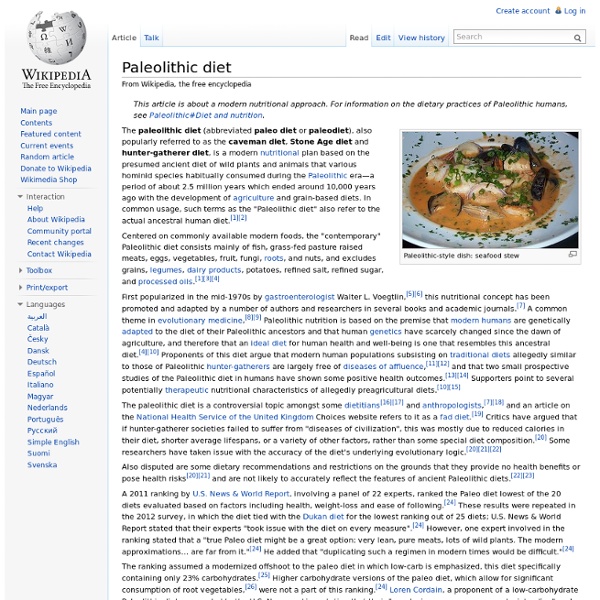Paleolithic diet

Snacking Tips for Peak Performance
Image: Thinkstock Whether they’re fueling up for a workout or recovering from a double header, elite athletes deal with a lot of the same nutrition confusion as the rest of us, says Tara Mardigan, RD, nutritionist to the Boston Red Sox organization. “But the goal is always the same—provide enough energy to sustain physical and mental efforts for the duration of your activity.” That’s where timing becomes key. How long you have before—and after—a sweat session determines the grub and how much you get. (Search: How does nutrition affect exercise?) More: The 10 Best Superfoods for Endurance Athletes
Related:
Related:



